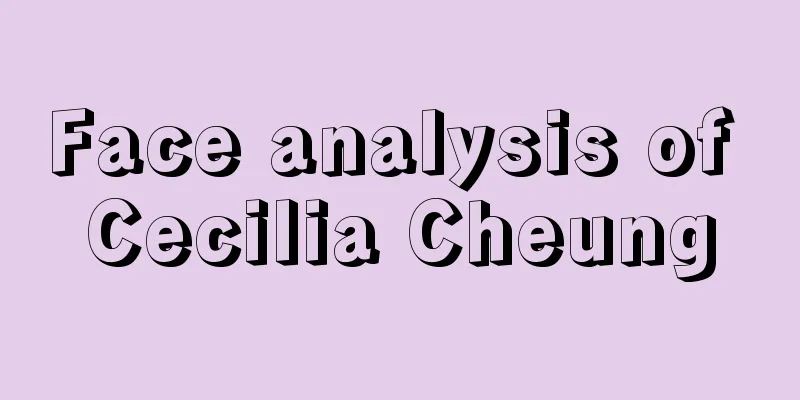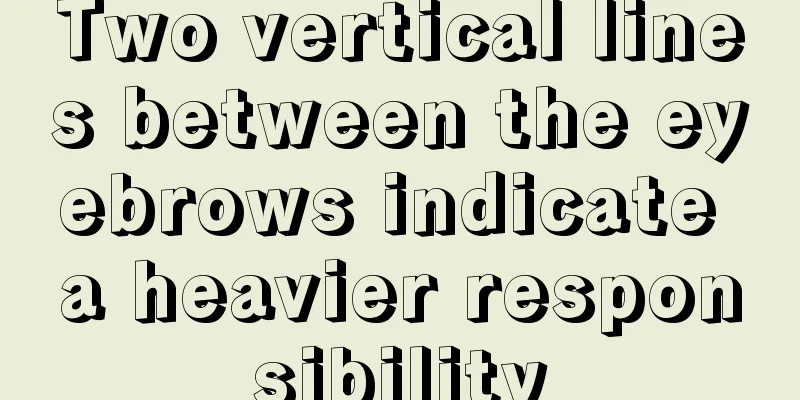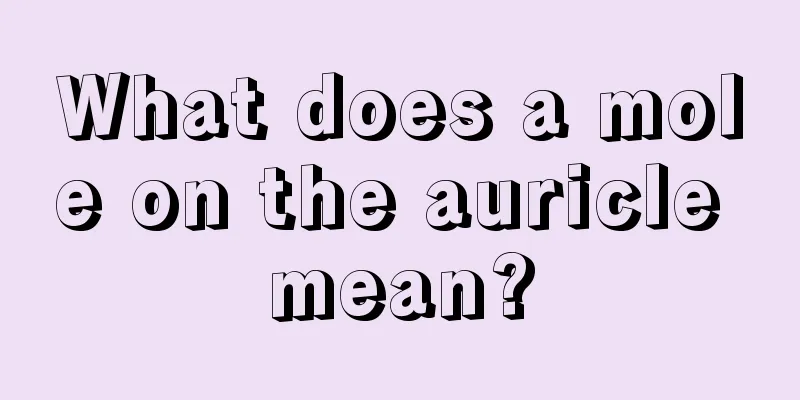Detailed explanation of Tuibei 60: The twelfth image of Tuibei Tu: Yi Hai

|
Tuibei Tu is a work by the Tang Dynasty geomancers Yuan Tiangang and Li Chunfeng. It predicts some historical events that happened in later generations. The book is divided into 60 images. In ancient times, it was banned by emperors because it was too accurate. Today I want to introduce to you the twelfth image of "Tui Bei Tu": Yi Hai. Friends who are interested can learn about it! 【Prophecy】 A stone is called someone else's father The 28 states are no longer Tang territory 【Song said】 The first sign of the opposite is that there are many mouths coming in and out and no one is responsible The father dies and the son dies too. 1. Explain the prophecy 【A piece of stone】: refers to the character "石" (stone) in the name of Shi Jingtang, the famous "child emperor" in Chinese history. [Referring to someone else as his father]: Shi Jingtang sought help from the Khitan on the condition of ceding land, paying tribute, and treating the Khitan like a father.[1] The Khitan sent troops to destroy the Later Tang, established Shi Jingtang as emperor, and established the Later Jin. Shi Jingtang called Yelu Deguang, the Khitan king who was 10 years younger than him, his father and called himself "the child emperor". He ceded 16 states to him and provided 300,000 tons of cloth every year. [Unifying the 28 states is no longer Tang territory] "Twenty-eight": sixteen. The Later Jin Dynasty ceded the Sixteen Prefectures of Yanyun to the Khitan, and it was no longer part of the territory of the Later Tang Dynasty. 2. Explanation of the Song [Anti-signs first come from talking too much] (Chen Xi's interpretation) "Fan Zhao": It is the word "father". The upper part of the character “兆” has “><”, and the upper part of the character “父” is “<>”; the lower parts are similar, and the upper parts are opposite, so “反兆” is the character “父”. "The opposite omen is preceded by more": "father" plus "duo" is the word "dad". So the meaning of this sentence is: Shi Jingtang called the Khitan King "Daddy" all the time! This riddle is the most biting irony in "The Book of Changes". [No one is in charge of coming in and going out]: The Later Jin Dynasty was at the mercy of the Khitan and had no control over major matters. [The one who tied the bell must untie it; the father dies and the son also dies]: This is borrowed from the idiom "The one who tied the bell must untie it", which means that the Later Jin Dynasty was established by the Khitan and also perished at the hands of the Khitan. The Later Jin Dynasty was founded on January 11, 937 in Khitan. After Shi Jingtang died in 942, his adopted son (nephew) Shi Chonggui ascended the throne. He called himself the grandson of the Khitan rather than a subject, which led to the Khitan's southward migration. On January 11, 947, the country was destroyed.
In 936, Shi Jingtang (a Shatuo), the governor of Hedong in the Later Tang Dynasty, obtained the assistance of the Liao army on the condition of ceding the Sixteen Prefectures of Youyun (now the northern part of Hebei, Shanxi and part of Inner Mongolia), paying an annual tribute of 300,000 pieces of silk and recognizing the Liao monarch Yelu Deguang as his father. He overthrew the Later Tang Dynasty, established a regime, named Jin, and moved the capital to Kaifeng, which is known in history as the "Later Jin Dynasty". After the establishment of the Later Jin Dynasty, the Liao army used the Sixteen Prefectures of Youyun as a base to attack the Central Plains from the south. They marched south many times, causing serious damage to the social economy of the northern region. In early 947, the Liao army invaded Kaifeng and destroyed the Later Jin Dynasty. The Later Jin Dynasty existed for a total of twelve years. |
<<: Analysis of the face of a man who is destined to be rich
>>: Zhuge's Divination 23 - Middle and Lower Lot Tongren 94
Recommend
Selfish face
What kind of facial features represent a selfish ...
Seeing personality through physiognomy
1. Judging personality through forehead The foreh...
Bitcoin Contract - Preventing Bitcoin from being stolen
The Bitcoin Contract is a new effort in the defen...
Hackers stole nearly 1 million BTC to welcome the bull market
Since May, the price of Bitcoin has risen from US...
Deutsche Bank reportedly admits to manipulating gold and silver prices
Deutsche Bank has reportedly agreed to settle wit...
What is the personality of a person with one big eye and one small eye?
If a person has one big eye and a small eye, it m...
What does it mean when a man has a mole on his ear?
Although people think that moles on the ears are ...
How to tell the fate of a person from his buttocks
What does it mean to see a person's life from...
Judging from the ears who is the most blessed
Ancient people called the ear the organ of hearin...
How to interpret the lack of a ruling star in the spouse palace
What does it mean that there is no ruling star in...
How to tell a person's personality from what he eats How to tell a person's personality from what he eats
How can you tell a person's character from th...
Is it good to connect the wealth line with the love line? What does it mean?
The wealth line indicates a person's financia...
What kind of people lack management and leadership skills?
People with management and leadership skills in a...
Italian Officials to Prepare Bitcoin Tax Guidelines
Currently, Italy is dealing with a looming bankin...
What kind of face will inevitably lead to bad luck of losing money?
Everyone wants to get rich, but it depends on whe...









